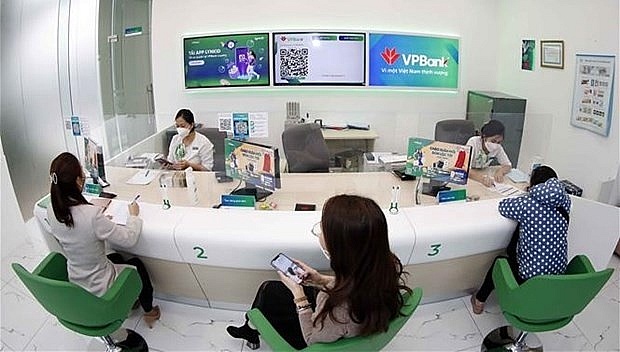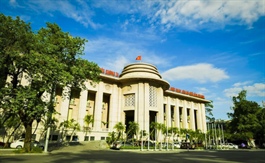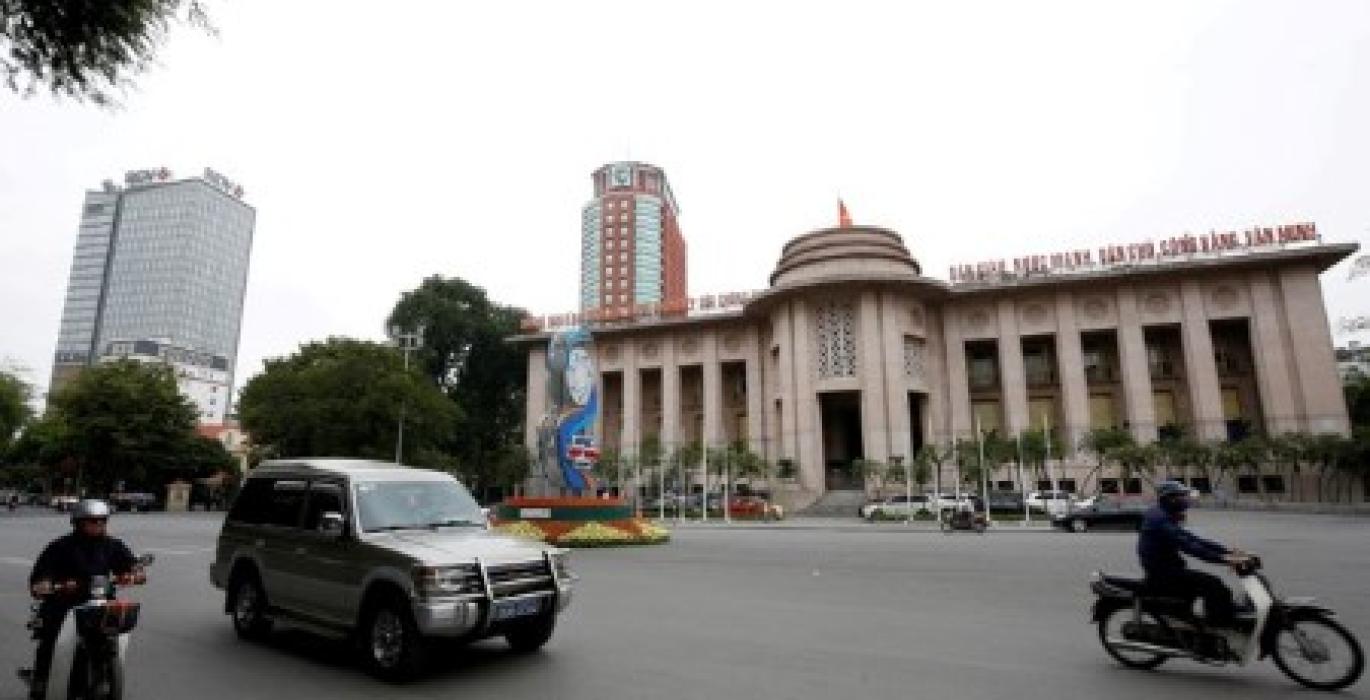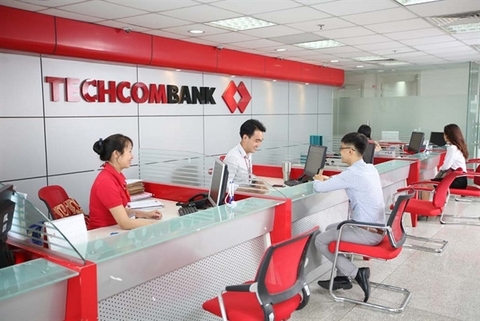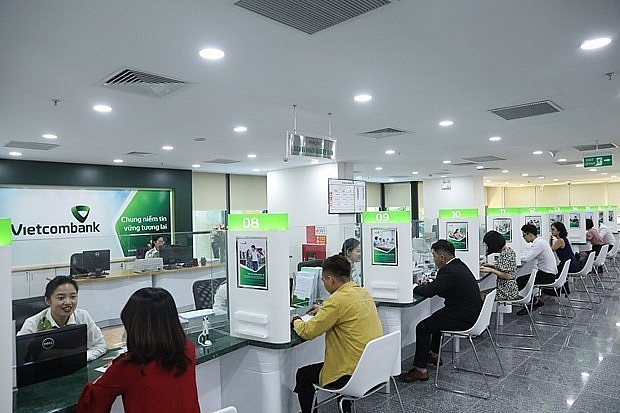Central bank speaks out as US Treasury puts Vietnam on monitoring list again
Central bank speaks out as US Treasury puts Vietnam on monitoring list again
The State Bank of Vietnam (SBV) has said it will work with relevant sides to address U.S. concerns and "continue a monetary policy to control inflation, stabilize the macroeconomy," in response to the U.S. Department of the Treasury placing the Southeast Asian nation on a currency manipulation monitoring list again.
Vietnam has been added to a list of 12 countries being monitored for currency manipulation, according to the U.S. Treasury Department's latest semi-annual currency report.
However, the Treasury Department concluded that no major trading partners of the United States manipulated exchange rates in 2021.
The department released its report on macroeconomic and foreign exchange policies of major trading partners of the U.S. on Friday last week.
In this report, the U.S. department uses three thresholds to determine currency manipulation: a bilateral goods and service trade surplus of at least US$15 billion, a current account surplus equivalent to three percent of gross domestic product (GDP), and persistent, one-sided foreign-exchange interventions worth at least two percent of GDP.
According to the U.S. agency, an economy that meets two of the three criteria in the Trade Facilitation and Trade Enforcement Act of 2015, or the 2015 Act, is placed on the monitoring list.
Once included in the monitoring list, an economy will remain there for at least two consecutive reports to help ensure that any improvement in performance versus the criteria is durable and is not due to temporary factors.
The report showed that the Treasury Department placed 12 economies on its monitoring list, including China, Japan, South Korea, Germany, Italy, India, Malaysia, Singapore, Thailand, Mexico, Taiwan, and Vietnam.
Switzerland is the only economy removed from the list so the department will continue its enhanced bilateral engagement with the Swiss central bank.
Meanwhile, both Vietnam and Taiwan exceeded the thresholds of fewer than the three criteria under the 2015 Act over the four quarters through December 2021, so the Treasury Department put the two economies on the list again.
This is the third time Vietnam has been placed on the watchlist since the U.S. department's report was released in May 2019.
The Southeast Asian country was listed for the second time in January 2020 before being removed from the list in April last year.
According to the SBV, between January and December last year, Vietnam's bilateral trade surplus with the States hit $90 billion, way above the manipulation threshold of $15 billion.
In early 2021, the U.S. department started enhanced bilateral engagement with Vietnam and reached an agreement in July 2021 to address its concerns about Vietnam’s currency practices.
The U.S. Department of the Treasury said in the report that it continues to engage closely with the central bank to monitor Vietnam’s progress in addressing the Treasury’s concerns and has been thus far satisfied with progress made by Vietnam.
During a visit to Vietnam on April 5, Treasury officials appreciated the SBV for its monetary policy adjustment, which demonstrated the central bank’s focus on addressing Washington's concerns over Hanoi’s currency practices and stabilizing the financial market and the macroeconomy amid existing challenges and difficulties.
“In the coming time, the central bank will continue closely collaborating with relevant ministries and agencies to discuss the U.S. side’s concerns in a cooperative and win-win manner to build a harmonious and sustainable trade relationship," the SBV stated.
“Besides, the State Bank of Vietnam will continue a monetary policy to control inflation, stabilize the macroeconomy, and boost economic recovery and development; while keeping exchange rates flexible and appropriate to macroeconomic balances, market developments, and the targets of the monetary policy.”



